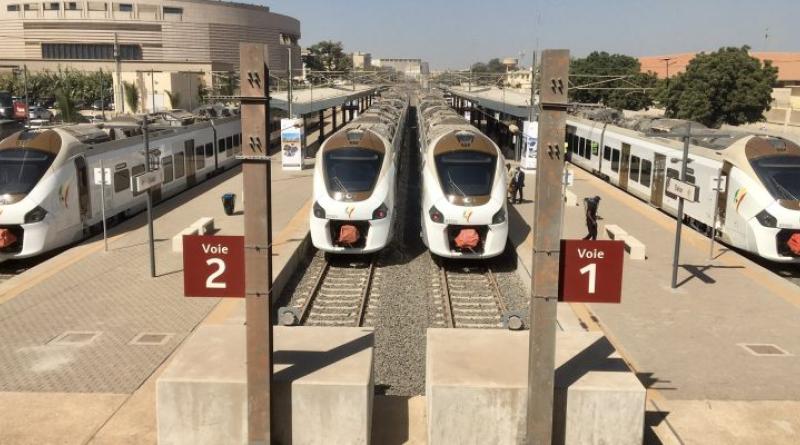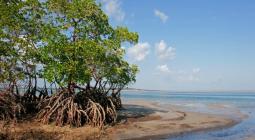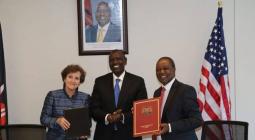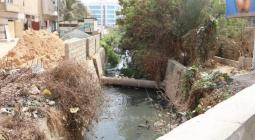SENEGAL: the Dakar Express Train, a lifeline for sustainable transport

Since the start of its operation in 2021, the Regional Express Train (TER) has changed the daily lives of many Senegalese who, instead of buses and taxis, use it to get to Dakar and its suburb Diamniadio at a lower cost (2 euros). The ecological railway infrastructure which is part of the Emerging Senegal Plan (PSE) has already made it possible to avoid emissions of 92,000 tonnes of CO2 equivalent. Its second phase is underway with financial support from the West African Development Bank (BOAD).
It is by far one of the largest transport infrastructure projects carried out in Senegal. The Dakar Regional Express Train (TER) consists of 200 railway stations which serve 115,000 passengers per day and which generate 22 billion CFA francs (more than 33 million euros) per year for the country's economy. The first operational section since 2021 connects the new town of Diamniadio to the capital over 36 kilometers.
At a cost of 568 billion CFA francs (more than 865.9 million euros) financed mainly by the Senegalese government, the work of the first phase was carried out by around twenty companies. This is the case, for example, of the French companies Equans and Thales responsible for signaling and electrification of railway lines dedicated to passengers and freight under the supervision of the Société d'études techniques et économique (Setec), as well as the Eiffage group. specialized in civil engineering.
The decarbonization of urban transport
The project focused on relieving congestion in urban areas takes place in a context of high air pollution generated by conventional vehicles such as taxis and coaches. The Dakar TER has already avoided emissions of 92,000 tonnes of CO 2 equivalent . To go further in this desire for decarbonization, the TER operating company (Seter) recently inaugurated an awareness panel on reducing the carbon footprint. A way to encourage the 3.4 million Dakar residents to travel by train.
“A traveler who takes the Ter will have an impact on the planet ten times less than if he had taken the car between Dakar and Rufisque (also called “little Venice of the third world”, Editor’s note). Since the launch of our routes, we have tried to raise awareness among populations about preserving the environment ,” explains Patrick Tranzer, the general director of Seter. The latter hopes that the cities of Thiès and Mbour, populated by just over 2.5 million inhabitants, will also be served in the near future.
BOAD financing
These destinations will have to wait a while since the second phase of the TER plans to connect Diamniadio to Dakar Blaise Diagne Airport (AIBD) in just 45 minutes over a 19 kilometer section. The work, which should be completed by December 2023, is supported by recent financing from the West African Development Bank (BOAD) to the tune of 35 billion CFA francs (53.4 million euros). “ The objective is to improve the mobility of people and goods in the Dakar metropolitan area with the result of reducing road congestion by at least 20%,” indicates the financial institution based in Lomé, Togo.
At the same time, the Senegalese are waiting for the Bus Rapid Transit (BRT) to come into service. To date, technical tests have already been carried out following the acquisition by the Executive Council of Urban Transport of Dakar (Cetud) of 121 electric buses equipped with batteries with a capacity of 563.8 kWh. As a reminder, this 128 billion CFA francs (around 194 million euros) project is financed by the French industrial group Meridiam, which specializes in the development and management of public infrastructure projects. At least 23 charging stations will be distributed in 14 Dakar municipalities as part of this sustainable initiative.






